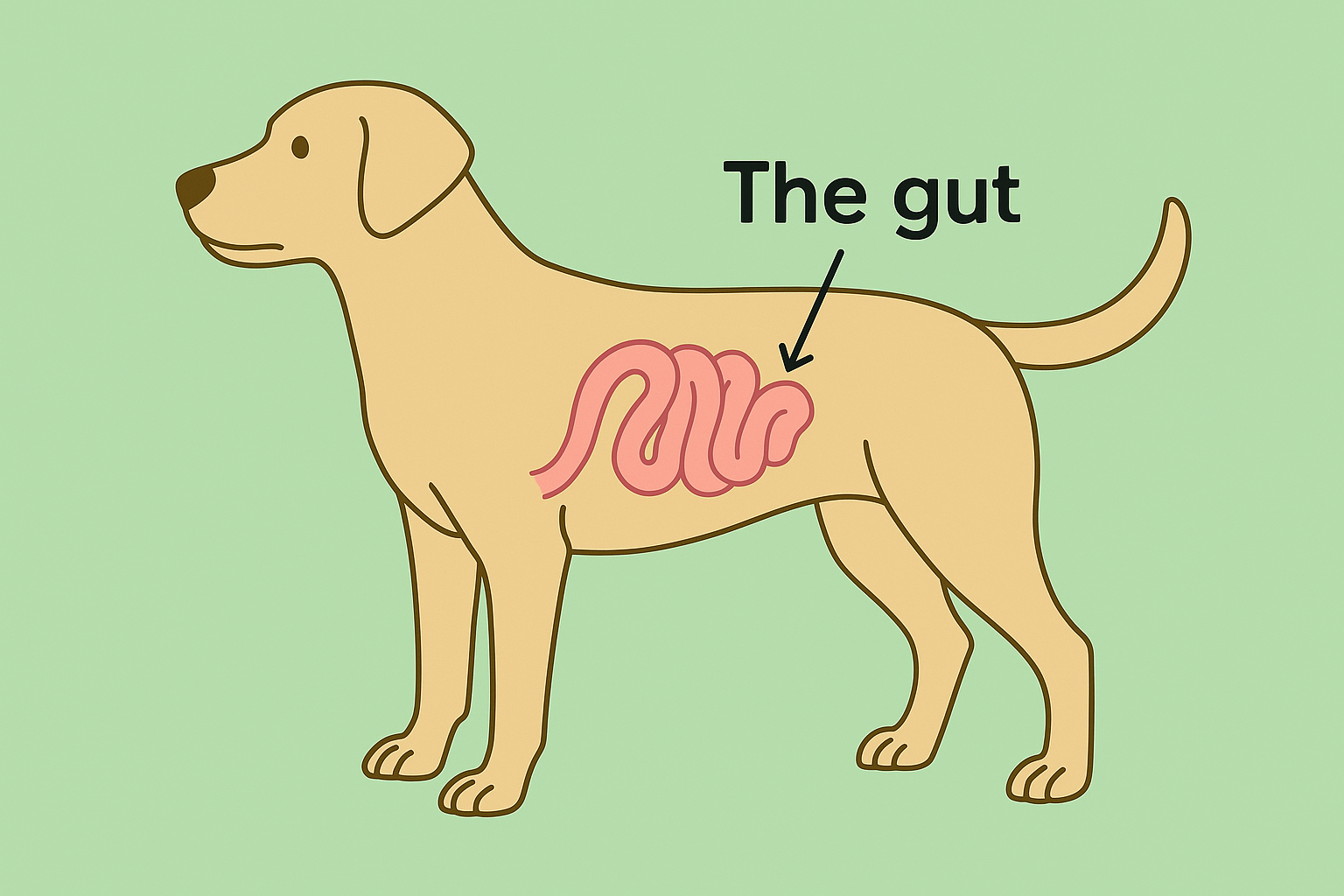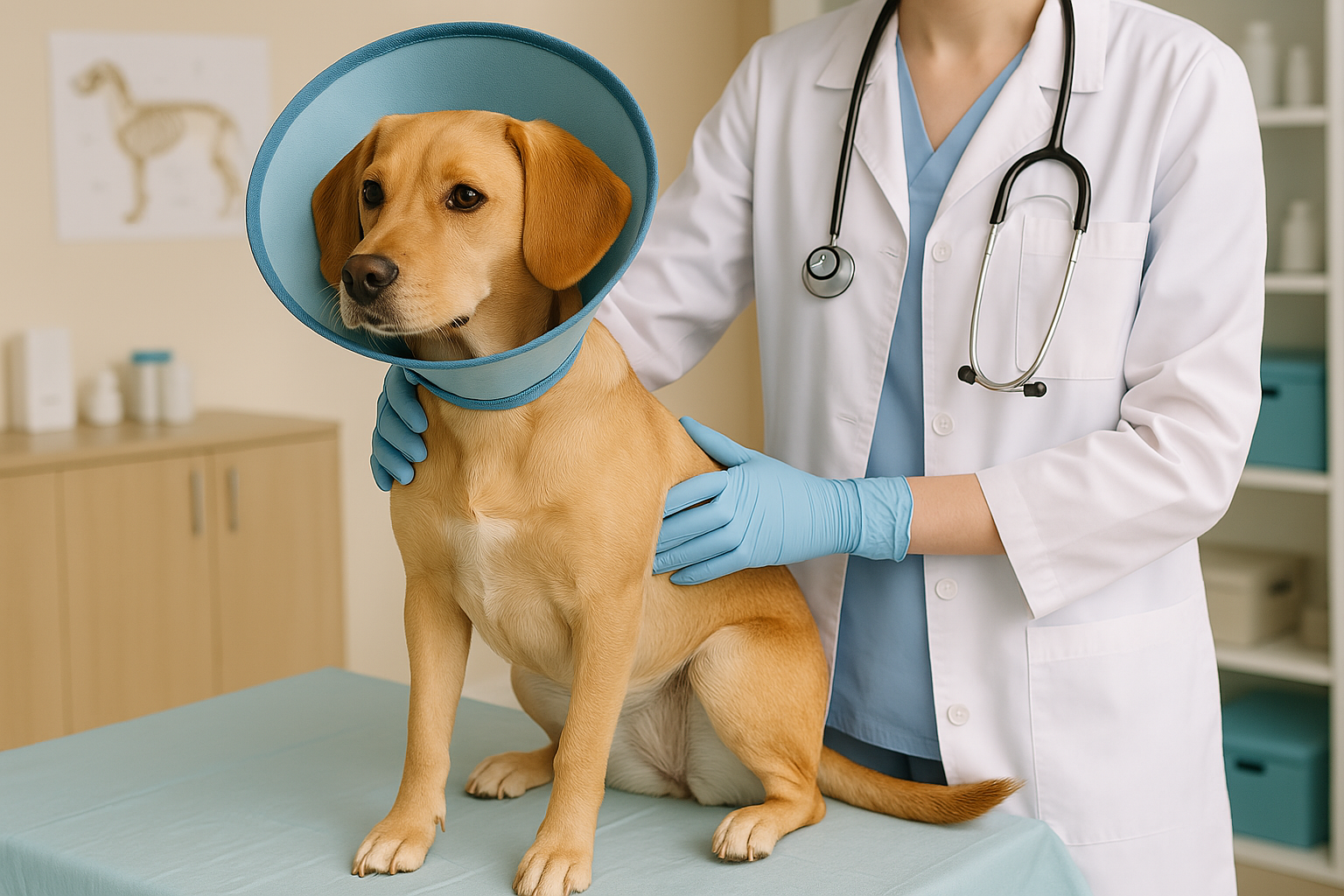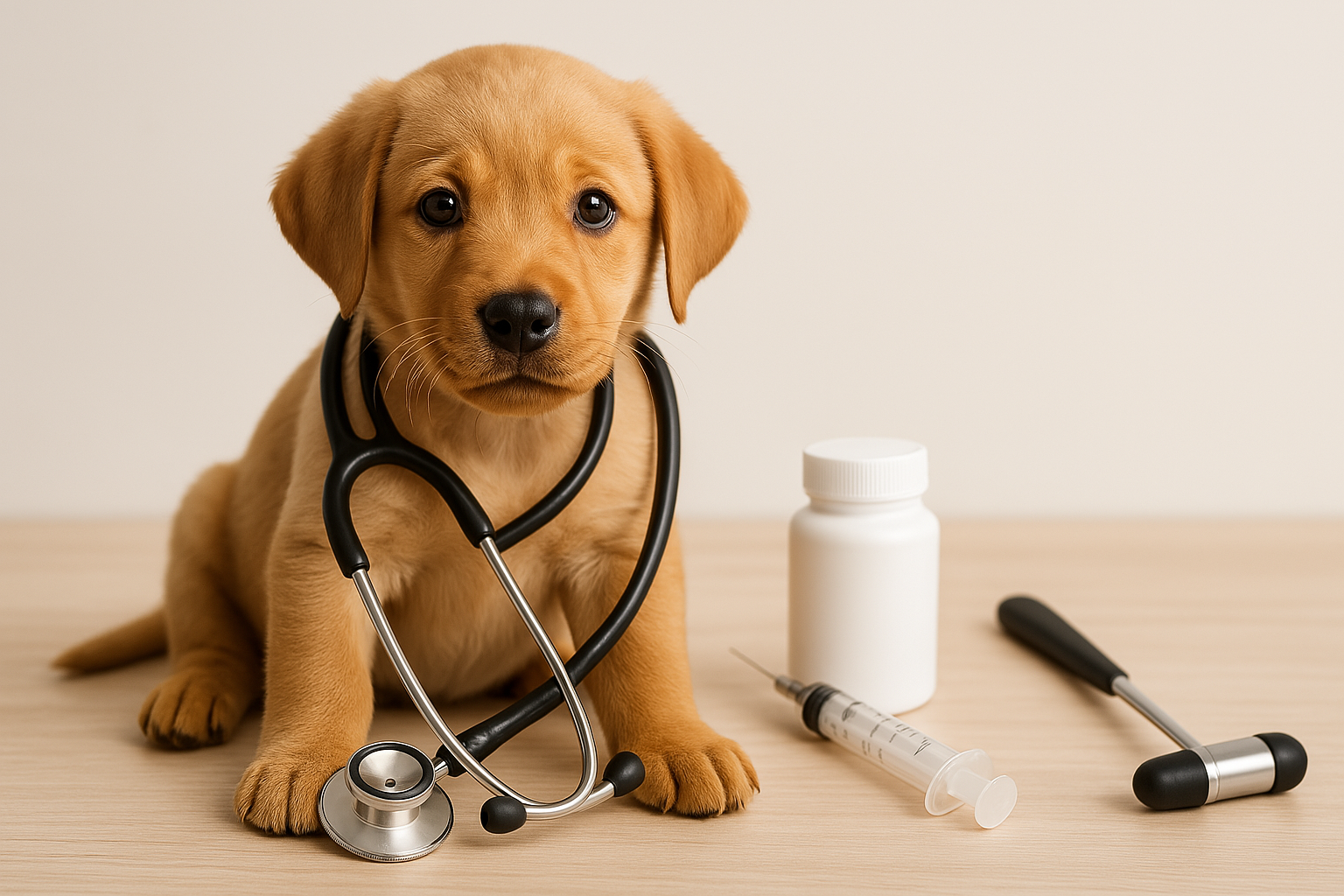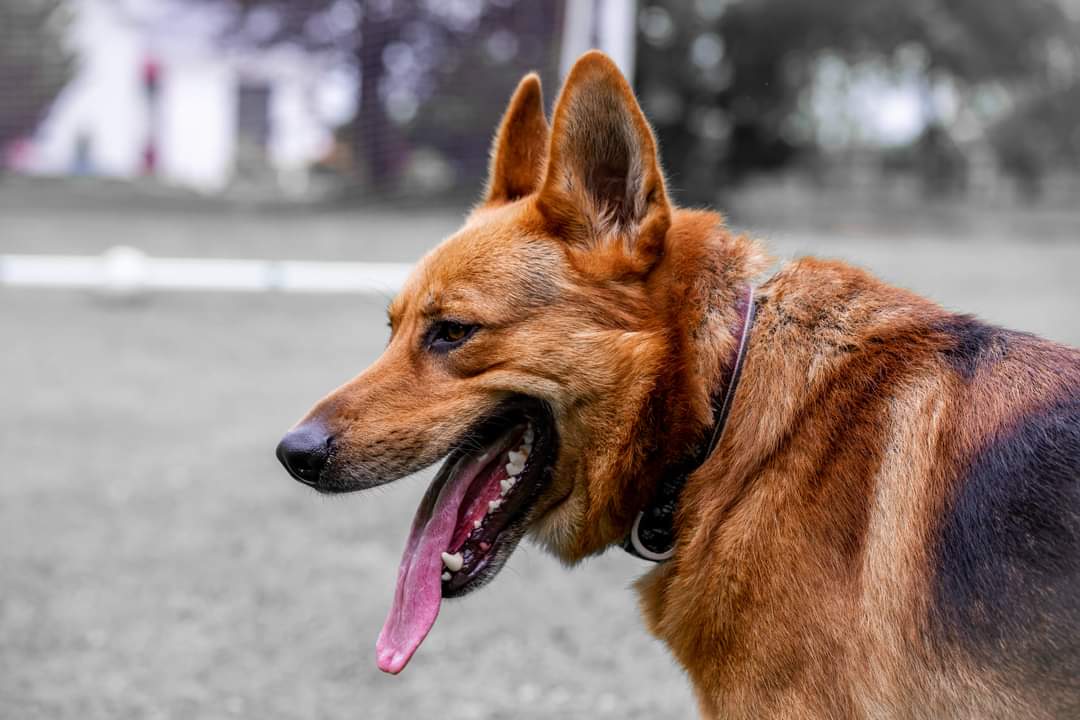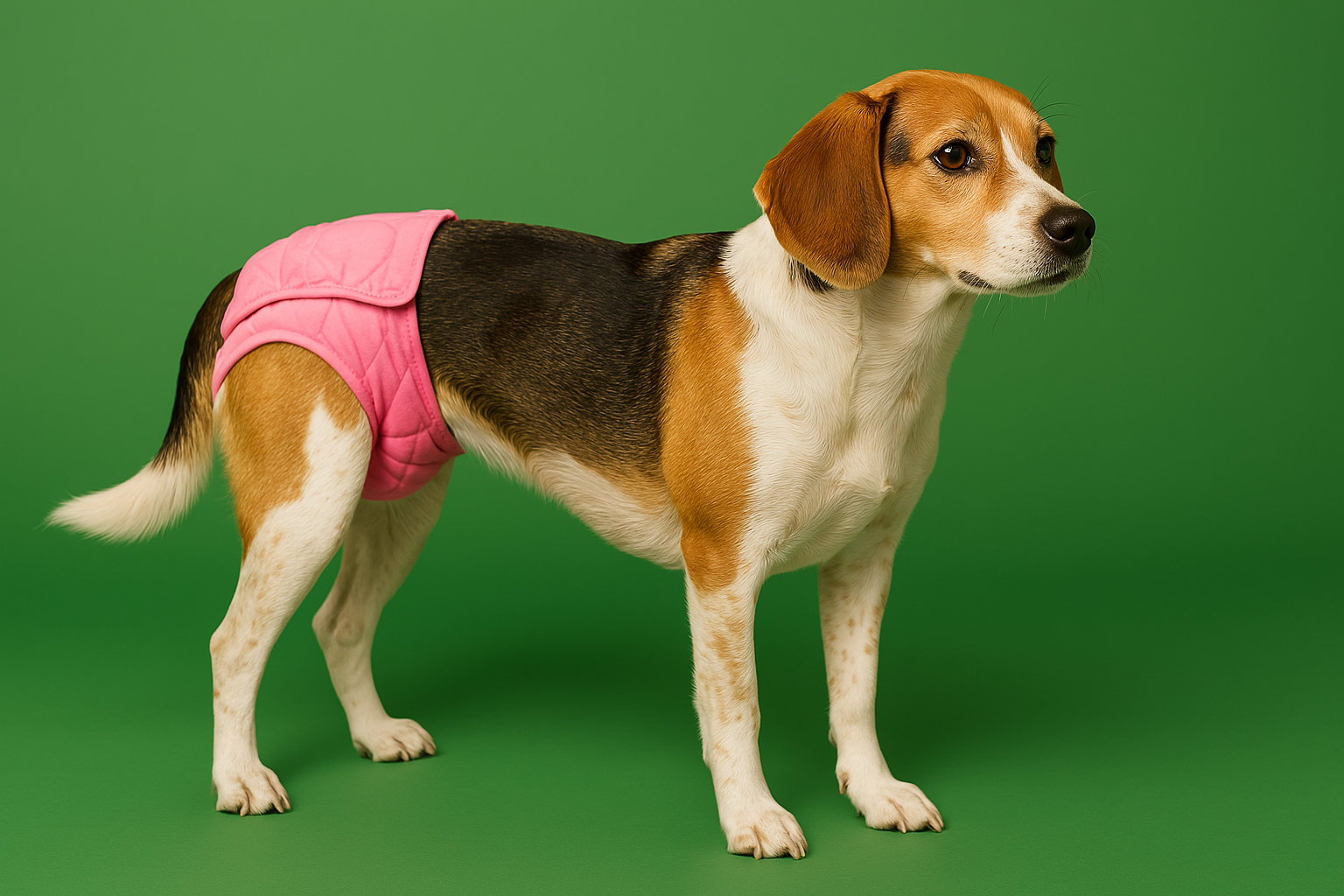
Is Your Dog in Heat? What to Expect and How to Help
If your female dog hasn’t been spayed, she’ll go through a natural reproductive cycle known as "heat" or "estrus." Understanding what this means for both her and you can make the process easier for everyone involved. Here’s a comprehensive guide to recognising the signs, managing her comfort, and ensuring a stress-free experience.
Understanding Your Dog’s Heat Cycle
A dog's heat cycle typically occurs every six months and lasts around two to four weeks. The cycle consists of four stages:
-
Proestrus: The beginning stage lasts around 7–10 days. You might notice swelling of the vulva and a bloody discharge. She won't be receptive to males yet.
-
Estrus: This is the fertile phase, lasting about 5–10 days. Your dog may become more affectionate, exhibit flirtatious behaviour, and show an increased interest in male dogs. Discharge may change to a lighter, pinkish colour.
-
Diestrus: Lasting up to 60 days, this is when she will either be pregnant or return to normal hormonal levels.
-
Anestrus: The resting period before the cycle begins again.
Signs Your Dog Is in Heat
Recognising the symptoms of heat can help you prepare:
-
Swollen vulva
-
Bloody discharge (early on, then lighter later)
-
Frequent urination (marking territory)
-
Change in behaviour – she might become clingy, restless, or agitated
-
Increased interest in male dogs
How to Care for a Dog in Heat
-
Keep her indoors – Avoid contact with male dogs to prevent unwanted pregnancies.
-
Invest in dog nappies – These help with cleanliness and managing any discharge. You can find pet nappies here : click here
-
Give her extra love and reassurance – Hormonal changes can make her more anxious or needy.
-
Maintain good hygiene – Regularly clean her bedding and wipe her down to prevent infections.
-
Monitor behaviour changes – Some dogs may experience mild discomfort or mood swings, so keeping an eye on her reactions can help you provide proper support.
Final Thoughts
Having a dog in heat can be a bit of an adjustment, but with the right care and preparation, it’s a manageable part of pet ownership. The best way to avoid these cycles altogether is spaying, which not only prevents heat but also contributes to long-term health benefits. If you’re unsure whether to spay your dog, it’s worth discussing options with your vet.

